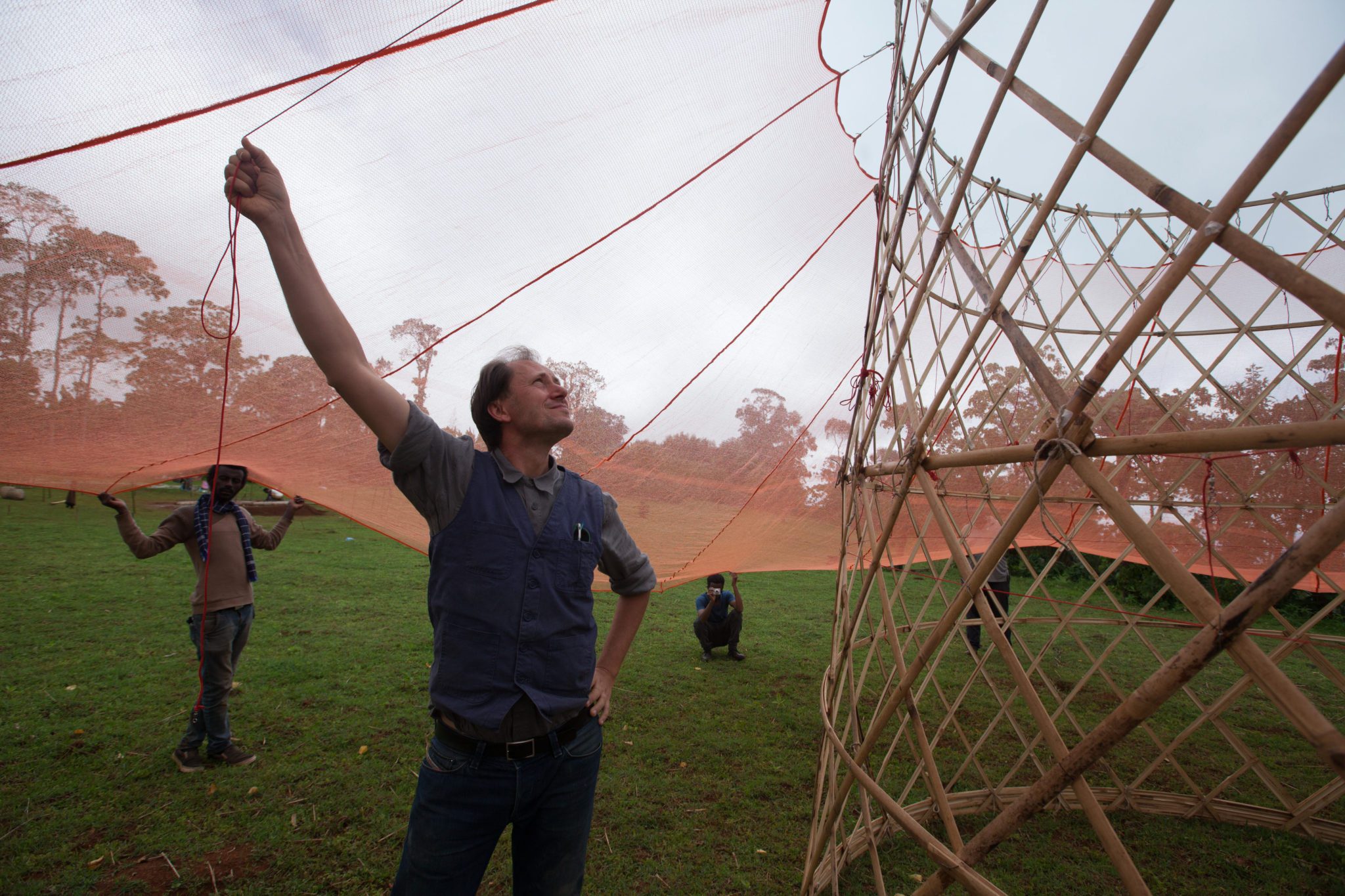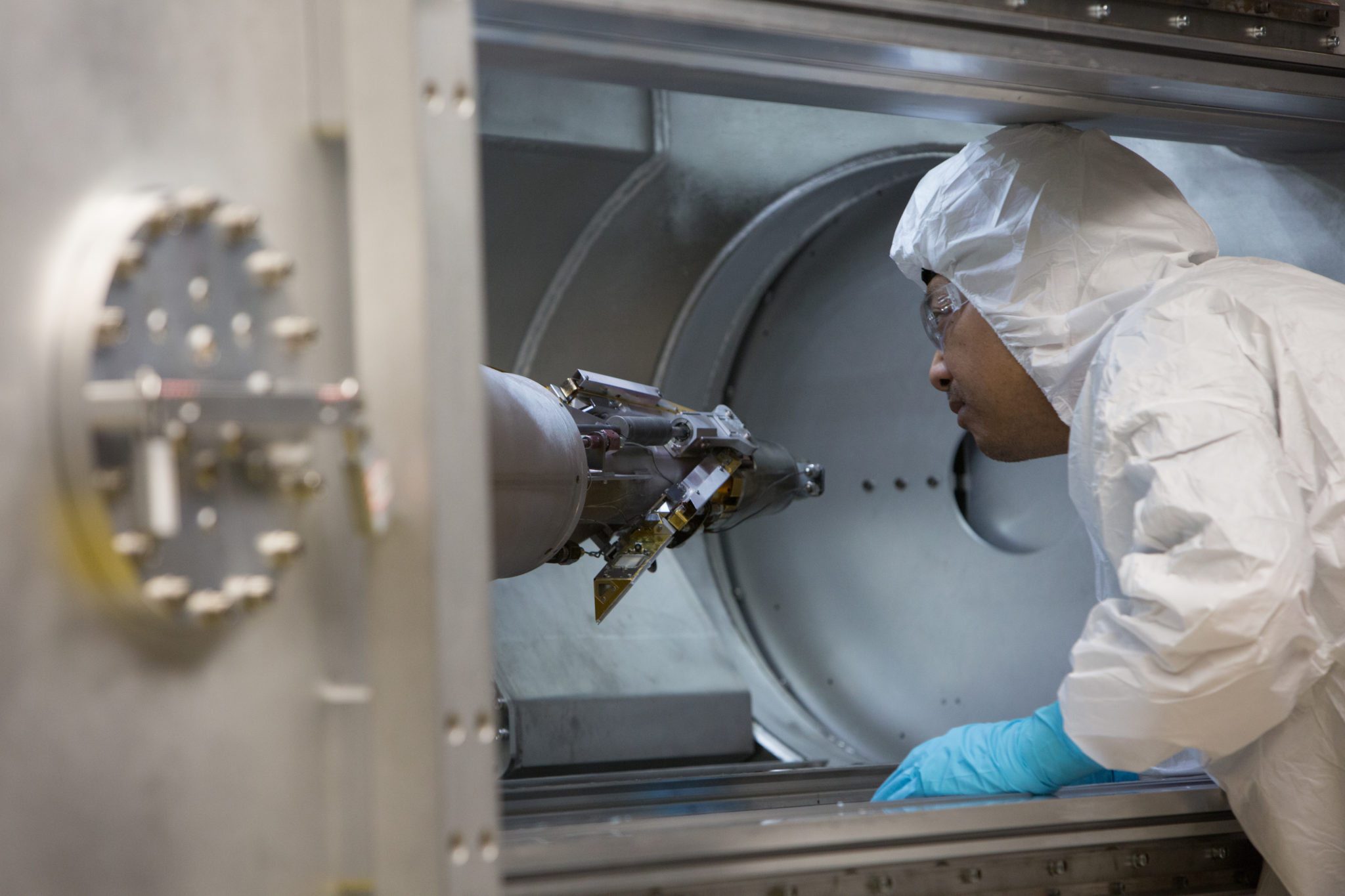
Breakthrough Ep. 6–Water Apocalypse: Making the Most of What We Have
97% of the water on earth is salt, 2% is locked up in ice and snow, leaving 1% for 7+ billion people. So what in the world are we going to do to prevent a water apocalypse?

97% of the water on earth is salt, 2% is locked up in ice and snow, leaving 1% for 7+ billion people. So what in the world are we going to do to prevent a water apocalypse?

The fifth episode of Breakthrough presents a number of energy visionaries who are committed to ?spinning the wheel? in ways that will be beneficial to our children and grandchildren.